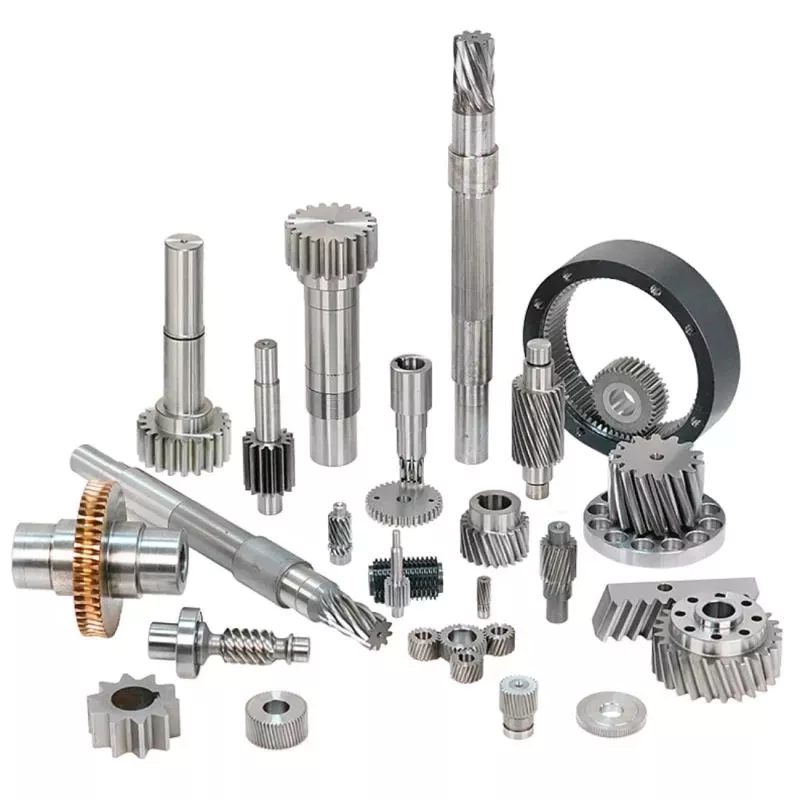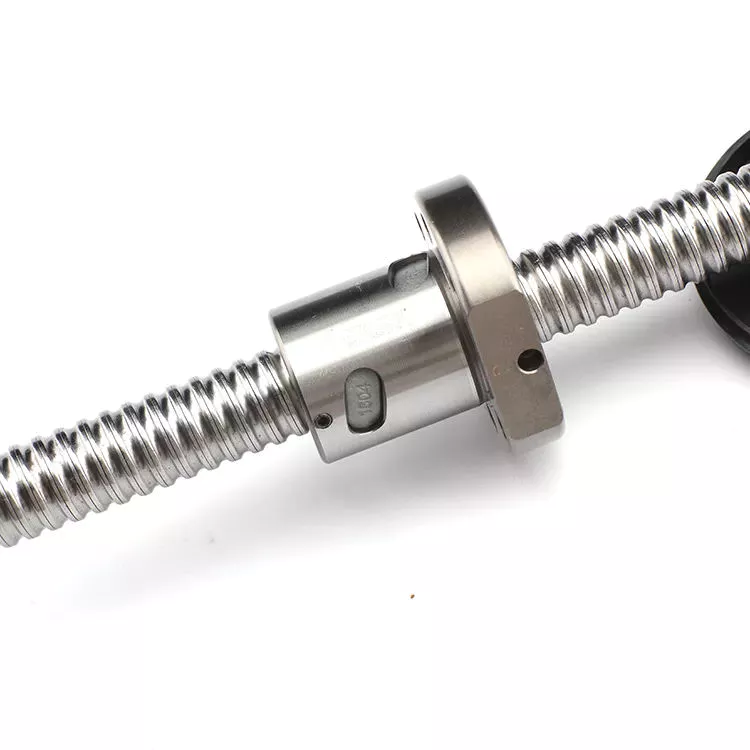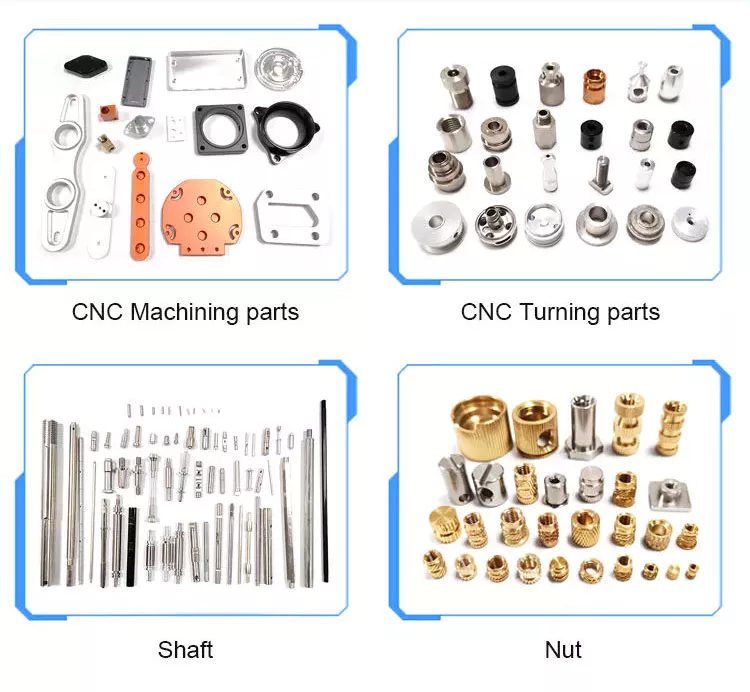Product Description
Suitable for cutting the cylinder branch, two, 3 or more layer saddle cutting of the main pipe. ZLQ
CNC Steel pipe cutter is special CNC equipment which is used for cutting metal pipe automatically. It can reslize auto program and auto CNC nesting work for any complicated joint type of intertube and pipe and non-intertube. And can cut any type welding bevel at 1 time. This product is widely used for steel structure, shipbuilding, bridge and heavy machine industries.
Cutting technical specifications:
1. Cutting steel type: Round & square
2. Figures can be cut: Variety of graphics by outspreading intersecting line, can be with bevel
3. Control Axes: 3-4-5-6 axies, bevel cutting with 6 spindle and six-interlocking.
4. Diameter: 30-1000mm or customize (bigger dia. )
5. Thickness of the pipe: Flame: 6-200mm, plasma: 1-60mm
6. Bevel cutting range: Flame 60degree, plasma 45degree.
7. Cutting way: Plasma or gas
8. Pipe max length: ≥ 6m
9. Pipe clamping method: Chuck
10. Power-driven: High-precision AC servo+dedicated planetary reducer
11. Control System: A dedicated intersecting line cutting system: 6-axis controlled, with quantitative intersecting line cutting macro library
Processing range
Pipe diameter: Φ 30-φ 1000mm
Pipe length: 800-12000mm
Max. Pipe weight: 6000Kg
Pipe thickness
By air plasma: 1-60mm
By gas: 5-200mm
Workpiece rotation
(γ Axis)
Rotation angle
Infinite rotation
Rotation speed: 0-8r/min
Servo motor power: 3.2KW
Longitudinal moving(Yaxis)
Stroke: 12000mm
Speed: 50-10000mm/min
Servo motor power: 0.85KW
Cross moving(Xaxis)
Stroke: 600mm
Speed: 0-1500mm/min
Servo motor power: 0.4KW
Up-down moving(Z1axis)
Stroke: 260mm
Speed: 50-1500mm/min
Servo motor power: 0.4KW
Torch adjust(Z2axis)
Stroke: 260mm
Speed: 50-1500mm/min
Servo motor power: 0.1KW
Torch twisting
(θ Axis)
Twisting angle: +/-60
Speed: 0-16r/min
Servo motor power: 0.1KW
Electrical system
Control mode: PLC
| THC(Torch Height Control) Device |
CHC600 |
capacitive height control for flame cutting |
| PHC330 |
Arc voltage height control for plasma cutting |
|
| Marking Device |
|
|
| Stripping Cutting Torches |
available for Gantry Cutter |
|
| Extra Torch |
add 1 torch, effective cutting width will be lessened 0.2m |
|
| CNC System |
Hypertherm |
|
| Plasma Cutting System |
Hypertherm USA/Thermadyne USA /Kilby GER |
|
| Servo Motor and Driver |
Panasonic JP |
|
| Speed Reducer |
NEUGART GER |
|
| Nesting Software |
INTERGNPS, FASTCAM |
|
| Intersection Line Device |
Pipe D: 30 -1000mm |
|
CNC Steel/metal pipe cutter
Package Picture:
Our Factory:
Customer Visit:
CE&ISO Certificate:
FAQ:
1. Are you factory or foreign trade company?
We are over 17 years experienced manufacturers, large-scale production of CNC cutting machine.
2. Where is your factory located? How can I visit there?
Our factory is located in HangZhou, ZheJiang . We will meet you at airport or train station. Warmly welcome to visit us!
3. What’s the quality of your products?
We are very focused on the quality of the products, All spare parts of this machine come with best brand and best quality, after completing the installation we will test the machine for 48 hours. Our factory has gained CE, ISO9001 authentication.
4. What shall we do if don’t know how to operate your machine after bought from you?
We have detailed installation and operating instructions attached, also comes with video, it is very simple. We have telephone and email support at 24 hours a day.
5. What other things also need after we bought your machines?
(1) With flame cutting: oxygen and fuel gas.
(2) With plasma cutting: air compressor. Plasma power is purchased by us, so that we can debug online, and we all need very good plasma power to ensure quality.
6. What are your payment terms?
We support T/T, L/C, Western Union, Alibaba Trade Assurance and so on. Other ways can also be received after we both sides discussion and agreement.
How to Determine the Quality of a Worm Shaft
There are many advantages of a worm shaft. It is easier to manufacture, as it does not require manual straightening. Among these benefits are ease of maintenance, reduced cost, and ease of installation. In addition, this type of shaft is much less prone to damage due to manual straightening. This article will discuss the different factors that determine the quality of a worm shaft. It also discusses the Dedendum, Root diameter, and Wear load capacity.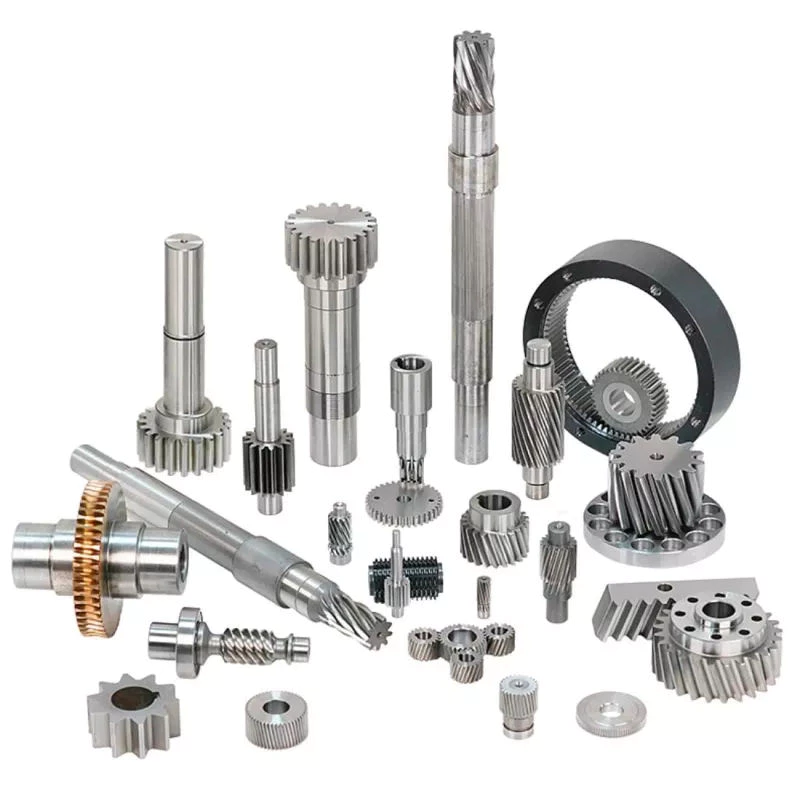
Root diameter
There are various options when choosing worm gearing. The selection depends on the transmission used and production possibilities. The basic profile parameters of worm gearing are described in the professional and firm literature and are used in geometry calculations. The selected variant is then transferred to the main calculation. However, you must take into account the strength parameters and the gear ratios for the calculation to be accurate. Here are some tips to choose the right worm gearing.
The root diameter of a worm gear is measured from the center of its pitch. Its pitch diameter is a standardized value that is determined from its pressure angle at the point of zero gearing correction. The worm gear pitch diameter is calculated by adding the worm’s dimension to the nominal center distance. When defining the worm gear pitch, you have to keep in mind that the root diameter of the worm shaft must be smaller than the pitch diameter.
Worm gearing requires teeth to evenly distribute the wear. For this, the tooth side of the worm must be convex in the normal and centre-line sections. The shape of the teeth, referred to as the evolvent profile, resembles a helical gear. Usually, the root diameter of a worm gear is more than a quarter inch. However, a half-inch difference is acceptable.
Another way to calculate the gearing efficiency of a worm shaft is by looking at the worm’s sacrificial wheel. A sacrificial wheel is softer than the worm, so most wear and tear will occur on the wheel. Oil analysis reports of worm gearing units almost always show a high copper and iron ratio, suggesting that the worm’s gearing is ineffective.
Dedendum
The dedendum of a worm shaft refers to the radial length of its tooth. The pitch diameter and the minor diameter determine the dedendum. In an imperial system, the pitch diameter is referred to as the diametral pitch. Other parameters include the face width and fillet radius. Face width describes the width of the gear wheel without hub projections. Fillet radius measures the radius on the tip of the cutter and forms a trochoidal curve.
The diameter of a hub is measured at its outer diameter, and its projection is the distance the hub extends beyond the gear face. There are 2 types of addendum teeth, 1 with short-addendum teeth and the other with long-addendum teeth. The gears themselves have a keyway (a groove machined into the shaft and bore). A key is fitted into the keyway, which fits into the shaft.
Worm gears transmit motion from 2 shafts that are not parallel, and have a line-toothed design. The pitch circle has 2 or more arcs, and the worm and sprocket are supported by anti-friction roller bearings. Worm gears have high friction and wear on the tooth teeth and restraining surfaces. If you’d like to know more about worm gears, take a look at the definitions below.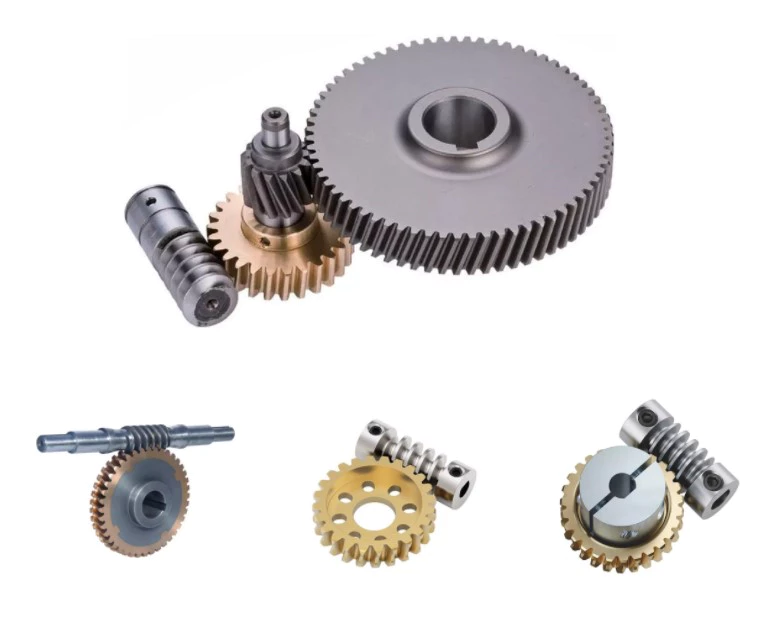
CZPT’s whirling process
Whirling process is a modern manufacturing method that is replacing thread milling and hobbing processes. It has been able to reduce manufacturing costs and lead times while producing precision gear worms. In addition, it has reduced the need for thread grinding and surface roughness. It also reduces thread rolling. Here’s more on how CZPT whirling process works.
The whirling process on the worm shaft can be used for producing a variety of screw types and worms. They can produce screw shafts with outer diameters of up to 2.5 inches. Unlike other whirling processes, the worm shaft is sacrificial, and the process does not require machining. A vortex tube is used to deliver chilled compressed air to the cutting point. If needed, oil is also added to the mix.
Another method for hardening a worm shaft is called induction hardening. The process is a high-frequency electrical process that induces eddy currents in metallic objects. The higher the frequency, the more surface heat it generates. With induction heating, you can program the heating process to harden only specific areas of the worm shaft. The length of the worm shaft is usually shortened.
Worm gears offer numerous advantages over standard gear sets. If used correctly, they are reliable and highly efficient. By following proper setup guidelines and lubrication guidelines, worm gears can deliver the same reliable service as any other type of gear set. The article by Ray Thibault, a mechanical engineer at the University of Virginia, is an excellent guide to lubrication on worm gears.
Wear load capacity
The wear load capacity of a worm shaft is a key parameter when determining the efficiency of a gearbox. Worms can be made with different gear ratios, and the design of the worm shaft should reflect this. To determine the wear load capacity of a worm, you can check its geometry. Worms are usually made with teeth ranging from 1 to 4 and up to twelve. Choosing the right number of teeth depends on several factors, including the optimisation requirements, such as efficiency, weight, and centre-line distance.
Worm gear tooth forces increase with increased power density, causing the worm shaft to deflect more. This reduces its wear load capacity, lowers efficiency, and increases NVH behavior. Advances in lubricants and bronze materials, combined with better manufacturing quality, have enabled the continuous increase in power density. Those 3 factors combined will determine the wear load capacity of your worm gear. It is critical to consider all 3 factors before choosing the right gear tooth profile.
The minimum number of gear teeth in a gear depends on the pressure angle at zero gearing correction. The worm diameter d1 is arbitrary and depends on a known module value, mx or mn. Worms and gears with different ratios can be interchanged. An involute helicoid ensures proper contact and shape, and provides higher accuracy and life. The involute helicoid worm is also a key component of a gear.
Worm gears are a form of ancient gear. A cylindrical worm engages with a toothed wheel to reduce rotational speed. Worm gears are also used as prime movers. If you’re looking for a gearbox, it may be a good option. If you’re considering a worm gear, be sure to check its load capacity and lubrication requirements.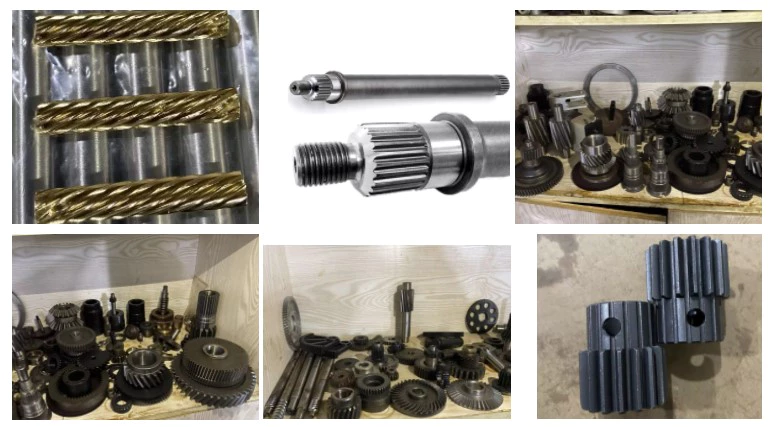
NVH behavior
The NVH behavior of a worm shaft is determined using the finite element method. The simulation parameters are defined using the finite element method and experimental worm shafts are compared to the simulation results. The results show that a large deviation exists between the simulated and experimental values. In addition, the bending stiffness of the worm shaft is highly dependent on the geometry of the worm gear toothings. Hence, an adequate design for a worm gear toothing can help reduce the NVH (noise-vibration) behavior of the worm shaft.
To calculate the worm shaft’s NVH behavior, the main axes of moment of inertia are the diameter of the worm and the number of threads. This will influence the angle between the worm teeth and the effective distance of each tooth. The distance between the main axes of the worm shaft and the worm gear is the analytical equivalent bending diameter. The diameter of the worm gear is referred to as its effective diameter.
The increased power density of a worm gear results in increased forces acting on the corresponding worm gear tooth. This leads to a corresponding increase in deflection of the worm gear, which negatively affects its efficiency and wear load capacity. In addition, the increasing power density requires improved manufacturing quality. The continuous advancement in bronze materials and lubricants has also facilitated the continued increase in power density.
The toothing of the worm gears determines the worm shaft deflection. The bending stiffness of the worm gear toothing is also calculated by using a tooth-dependent bending stiffness. The deflection is then converted into a stiffness value by using the stiffness of the individual sections of the worm shaft. As shown in figure 5, a transverse section of a two-threaded worm is shown in the figure.


